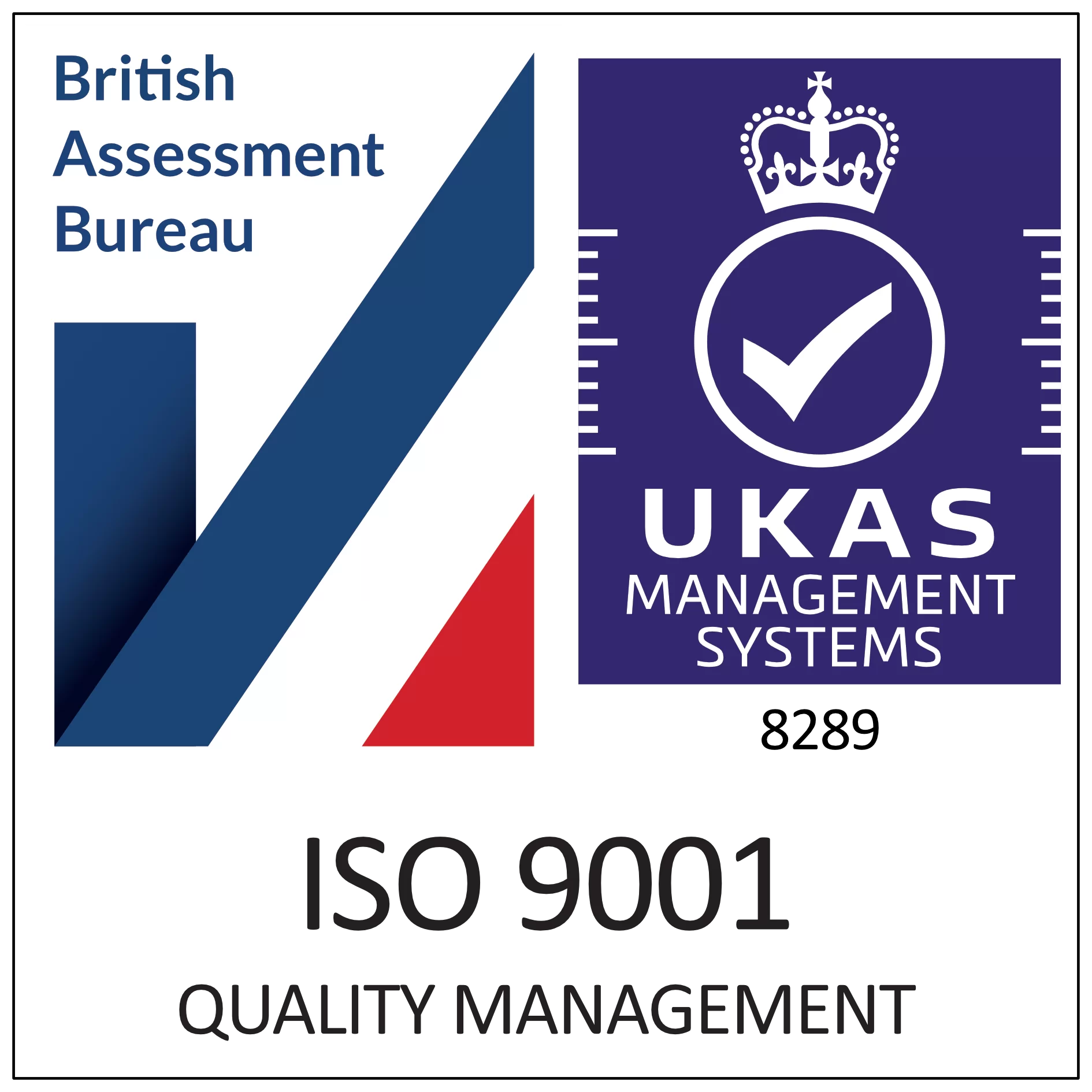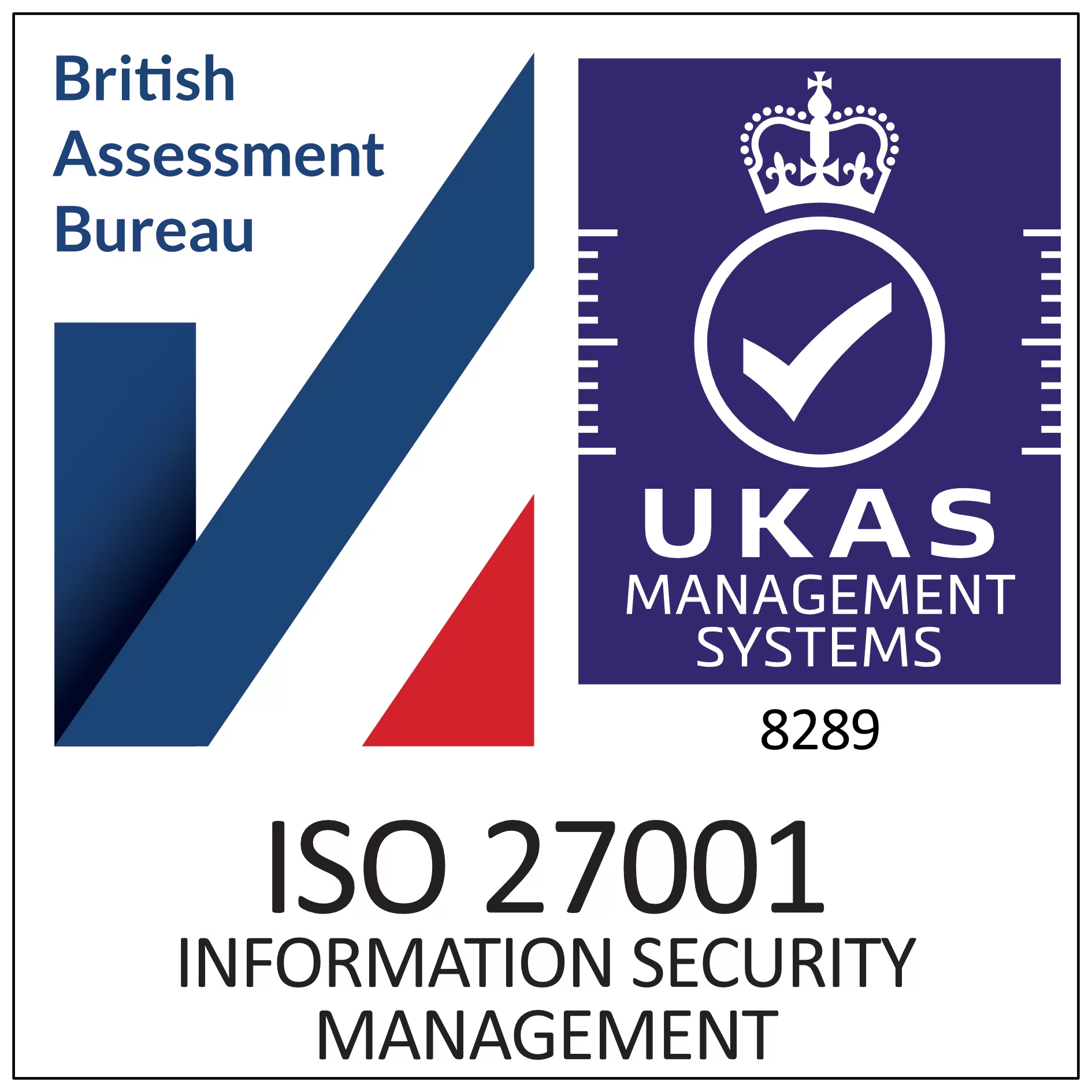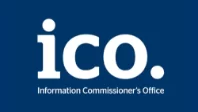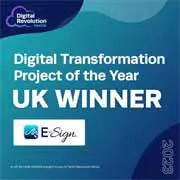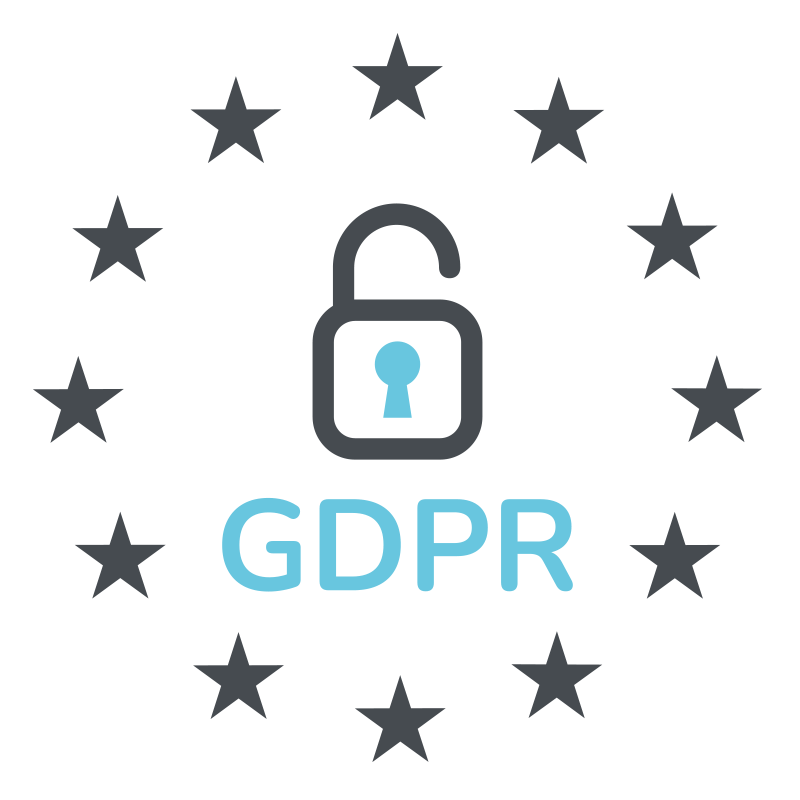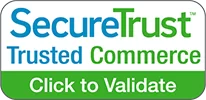What are Personal Health Records?
PUBLISHED
1st May, 2025
Personal health records (PHR) are digital summaries of a patient’s health and care information that they maintain control of, rather than a healthcare provider. However, patients and the healthcare professionals involved in their care or treatment can add to the PHR, ensuring clear and accurate details of an individual’s health.
What information is included in a personal health record?
There is no set standard for the information provided in a PHR, but a typical record may include:
- Known allergies
- Family medical history
- Previous hospitalisations
- Health conditions and diagnoses
- Values like blood pressure
- Immunisations
- Test results
- Surgeries or procedures
- Any medications the patient is currently taking
PHR services in the NHS app
You may be able to access personal health record services in the NHS app, depending on your GP surgery or hospital. These types of services are beneficial in tracking and updating your NHS records, and can include:
- Symptom tracking
- Care plans that note your preferences on how you’re cared for
- Forms to update your GP surgery about changes to your personal details and contact them about a health concern, request test results, sick notes, or GP letters
- Hospital and specialist messages, appointments, documents, and questionnaires
- Links that health professionals have shared with you
- Records of your hospital medicines
- A form to join a patient participation group at your GP surgery
- Options about how your records are shared with your health team
GDPR and personal health records
The General Data Protection Regulation (GDPR), introduced in the UK in 2018, brought substantial changes to the way personal health data is handled, stored, protected, and shared. Under GDPR, individuals are required to give explicit permission before their health data can be collected and stored within a Personal Health Record (PHR).
Additionally, PHR providers must be transparent with users about how their data will be used, who will have access to it, and the purposes for which it will be shared. This enhances patients’ control over their own health information.
PHR providers are also obligated to demonstrate their compliance with GDPR standards. This includes keeping accurate records of data processing, conducting assessments for higher-risk processing activities, and appointing a data protection officer when necessary. Failure to comply with GDPR can result in significant financial penalties for the provider.
Data sharing and opt-out options
Patients can choose how their personal health information is shared beyond their direct care through the NHS National Data Opt-Out. This allows individuals to prevent their confidential data from being used for research and planning. Patients can manage their sharing preferences via the NHS website or the NHS App.
What are the benefits of personal health records?
PHRs offer several benefits to patients and healthcare professionals alike, such as the following:
Challenges of personal health records
Despite the benefits, there are also some challenges to PHRs that are important to acknowledge:
- Disparities in adoption rates – a digital divide has developed when it comes to implementing PHRs. For example, patients who are not very technologically savvy or don’t have a good understanding of their health are less likely to use online medical records.
- Data accuracy – when patients have control of their own medical records, there can be concerns about data accuracy. If there is a lack of understanding, users may input incorrect information about their health. Which could risk impacting their future care and treatment. Additional information and guidance may be required to extract the relevant details from the likes of prescription labels and test reports.
What’s the difference between PHR and EHR?
Personal health records (PHRs) and electronic health records (EHRs) share several similarities. But they are not terms that can be used interchangeably. An EHR is an online record that is made up of notes and information from clinicians, designed to be shared with other healthcare professionals, rather than the patients. However, both types of records contain similar information.
The biggest difference between PHRs and EHRs is that PHRs are controlled solely by the patients themselves. Whereas EHRs are controlled and maintained by the healthcare professional or organisation.
Future developments in PHRs
Expansion of integration
The future of personal health records is set to involve greater integration across different healthcare services. NHS England’s digital transformation initiatives aim to expand the information available within PHRs to include hospital discharge summaries, mental health care notes, and social care interactions.
This means patients will be able to see a more complete view of their health journey in one place. Improving coordination between GPs, specialists, and other care providers. As integration increases, patients will benefit from even more comprehensive and accessible health records, supporting better-informed healthcare decisions.
Artificial intelligence and automation
Personal health record platforms are increasingly integrating artificial intelligence (AI) and automation technologies. These systems are evolving to include tools that can analyse both patient-provided data and clinical information to detect patterns. Such as potential early indicators of chronic conditions like diabetes or heart disease.
AI has the potential to offer personalised health recommendations, alert patients when medical attention is needed, and simplify the management of chronic conditions. Additionally, automation could enhance efficiency by handling tasks such as appointment reminders, prescription renewals, and symptom tracking, alleviating administrative burdens for both patients and healthcare providers.
Digital inclusion initiatives
While personal health records offer significant benefits, as mentioned earlier, not all patients have equal access to digital technologies or the skills to use them. To address this, NHS England and local Integrated Care Boards (ICBs) are investing in digital inclusion initiatives.
These programmes provide support such as training on how to use health apps, access to free internet-connected devices for vulnerable groups, and alternative non-digital services for those who prefer them. By improving digital literacy and accessibility, these initiatives aim to ensure that no one is left behind in the shift towards digital healthcare.
Conclusion
Personal health records (PHRs) are becoming increasingly important in empowering patients to manage their health independently. By providing easier access to information, enhancing communication with healthcare providers, and giving patients more control over their care, PHRs are driving better health outcomes. These tools also contribute to easing pressure on NHS services by streamlining information-sharing and supporting efficient, patient-centred care.
E-Sign can support healthcare organisations with their digital services by providing a cost-effective e-signature and digital document management solution. Book a call with our Chief Clinical Officer to discuss your requirements and create seamless digital workflows that can save your team valuable time.
 Facebook
Facebook
 X (Twitter)
X (Twitter)
 LinkedIn
LinkedIn


